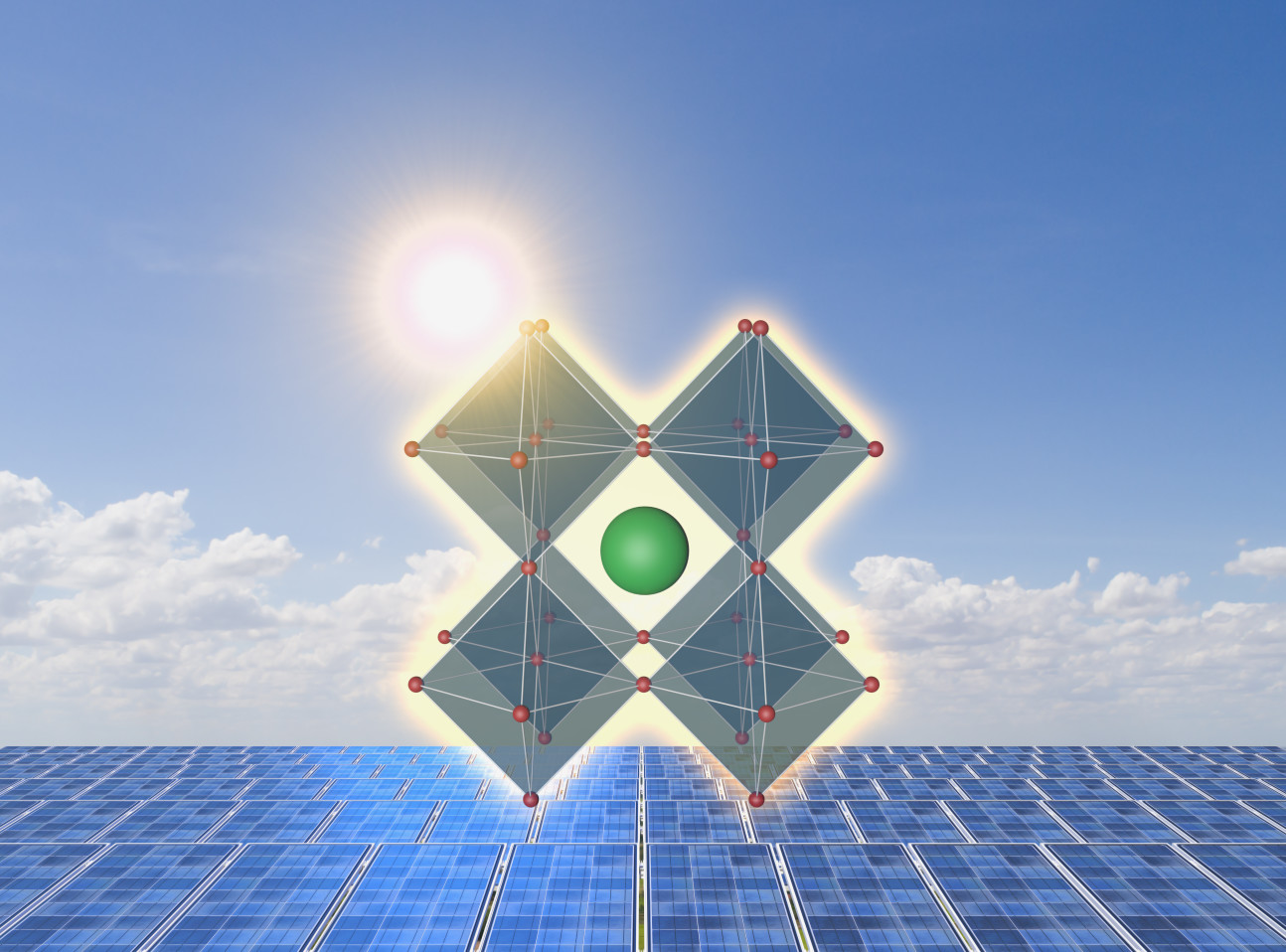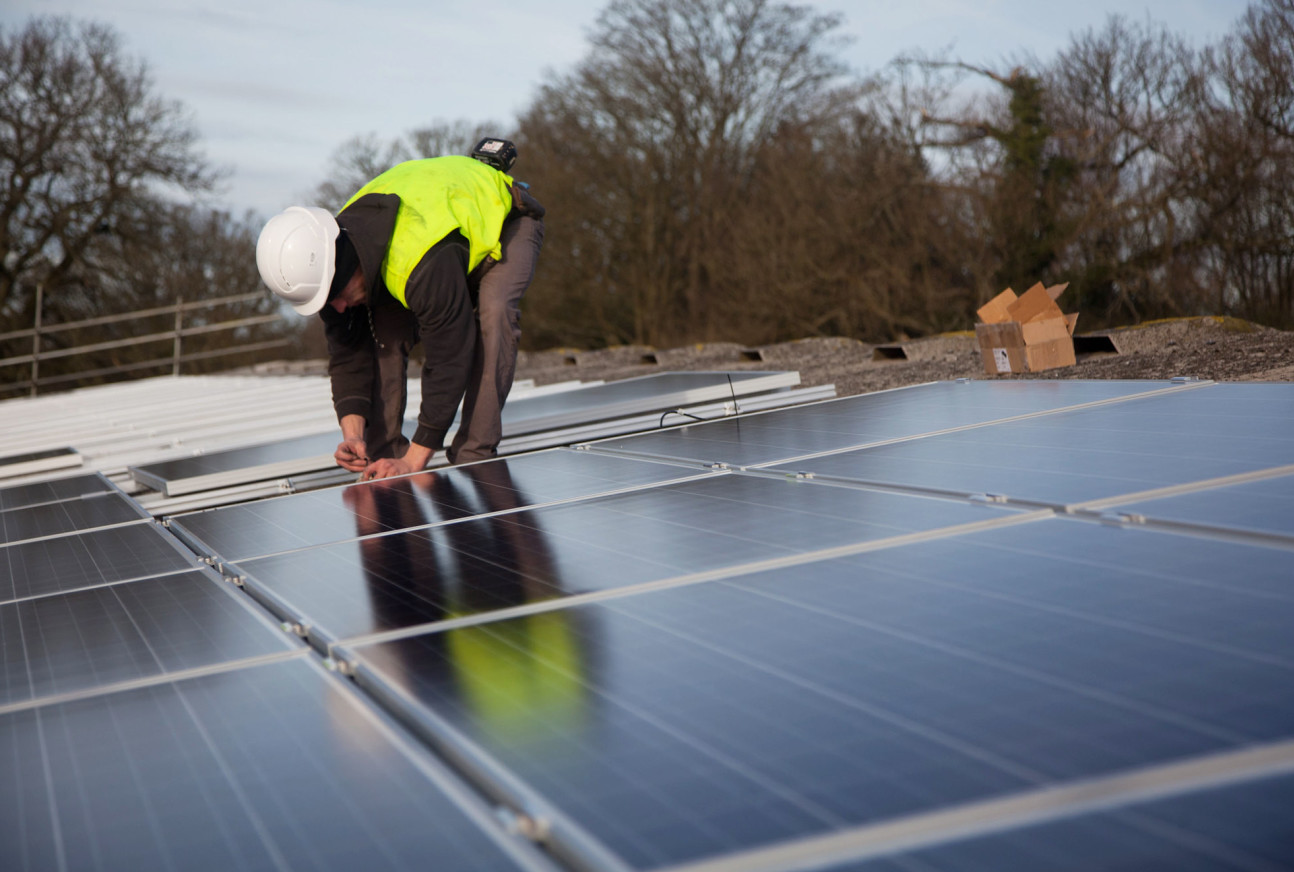

Here’s a batch of fresh news and announcements from across Imperial.
From using heat pumps to make objects invisible to thermal imaging, to a new interactive dashboard for tracking UK climate progress, here is some quick-read news from across the College.
Thermal invisibility cloaks
An international group of applied mathematicians and physicists, including from Imperial, has devised a way of making objects invisible to thermal measurements, which could be used to accurately control the temperature of an object in space and time.
The approach uses heat pumps, a similar technology to how refrigerators move heat from their inside to outside, but at a much smaller scale. These ‘Peltier elements’ transport heat by passing an electrical current across a metal-metal junction.
While the work is theoretical, it is more flexible than using specially crafted materials to hide objects, and has the advantage of making one object or source appear as a completely different object or source. So, at least from the perspective of thermal measurements, they can make an apple appear as an orange.
Read more in Proceedings of the Royal Society A: “Active thermal cloaking and Mimicking”
Caption: L-R: Heat source and signature with no object; heat source and signature with object, and heat source and signature with cloaked object. Upper panel: total thermal field; lower panel: scattered thermal field.
New appointment

Professor Nick Jennings is to become the new Vice-Chancellor and President of Loughborough University.
Professor Jennings has served as Imperial's Vice-Provost for Research and Enterprise since 2016. Professor Jennings led the College's successful efforts to improve the quality, impact, management and delivery of research and innovation, overseeing significant growth in research and enterprise activity.
Professor Jennings, who starts as Loughborough's ninth Vice-Chancellor in September, said: “As the first member of my family to go to university, I know the importance and life-changing impact of a high-quality university education and its effect on social mobility. As a lifelong sports fan, I recognise that Loughborough offers an experience no other University can.
Materials for quantum

Quantum technologies show a lot of promise, but what are the best materials to build them with? A team of scientists from institutions in seven countries, including Imperial, have reviewed the potential of organic materials for hybrid quantum devices, where organic molecules interact with photons of light.
Organic materials play an important role in many modern technologies such as flat panel displays and solar cells, and they have several properties that make them attractive for building quantum devices.
The authors envision small hybrid optical networks on microchips that carry light instead of electricity, where photons and molecules together can be used as intricate sensors and perform certain tasks that are computationally hard for classical machines. Possible examples include simulations of new catalysts for carbon capture to fight climate change and of new medicines to aid global healthcare.
Read more in Nature Materials: “Single organic molecules for photonic quantum technologies”
Stabilising solar cells
 Perovskites are materials developed for next-generation solar cells. Although perovskites are cheaper to make than traditional silicon-based solar panels and deliver similar efficiency, perovskites contain toxic lead substances, so alternative versions are being investigated.
Perovskites are materials developed for next-generation solar cells. Although perovskites are cheaper to make than traditional silicon-based solar panels and deliver similar efficiency, perovskites contain toxic lead substances, so alternative versions are being investigated.
Versions using tin instead of lead show promise but degrade quickly. Now, researchers at Imperial and the University of Bath have shown how these perovskites degrade to tin iodide, which, when exposed to moisture and oxygen, forms iodine. This iodine then helps form more tin iodide, causing cyclic degradation.
The team also show how the selection of a crucial layer within the perovskite can mitigate against degradation under ambient conditions and increase stability. They hope this will help researchers design more stable high-performance tin perovskites that show potential as new solar cells.
Read more in Nature Communications: “Degradation Mechanism of Hybrid Tin-Based Perovskite Solar Cells and the Critical Role of Tin (IV) Iodide”
Climate Policy Dashboard
 The All-Party Parliamentary Climate Change Group has launched Climate Policy Dashboard to track government progress towards meeting net zero targets in the run up to the COP26 climate meeting. The dashboard assesses progress by comparing domestic climate policy introduced by Government to a set of recommendations from the Climate Change Committee (CCC), providing key actions the Government can take to decarbonise ahead of COP26.
The All-Party Parliamentary Climate Change Group has launched Climate Policy Dashboard to track government progress towards meeting net zero targets in the run up to the COP26 climate meeting. The dashboard assesses progress by comparing domestic climate policy introduced by Government to a set of recommendations from the Climate Change Committee (CCC), providing key actions the Government can take to decarbonise ahead of COP26.
Neil Grant, COP26 Research Fellow at Policy Connect, on secondment from the Grantham Institute at Imperial, developed the dashboard. He said: “Providing an objective assessment against CCC targets and clear recommendations for improving climate policy, the dashboard will be of use to anyone who is interested in UK climate policy and wants to see policies introduced commensurate with our targets. Ultimately, the only climate ambition that counts is ambition that’s delivered on."
View the Climate Policy Dashboard on the Policy Connect website.
–
Want to be kept up to date on news at Imperial?
Sign up for our free quick-read daily e-newsletter, Imperial Today.

Article text (excluding photos or graphics) © Imperial College London.
Photos and graphics subject to third party copyright used with permission or © Imperial College London.
Reporters
Andrew Youngson
Communications Division
Hayley Dunning
Communications Division

Contact details
Email: press.office@imperial.ac.uk
Show all stories by this author

Andrew Scheuber
Communications Division

Contact details
Email: press.office@imperial.ac.uk
Show all stories by this author




Leave a comment
Your comment may be published, displaying your name as you provide it, unless you request otherwise. Your contact details will never be published.